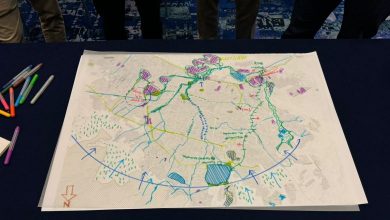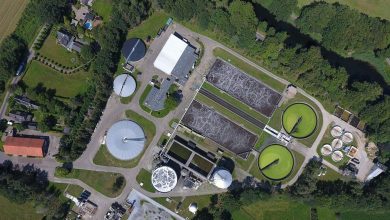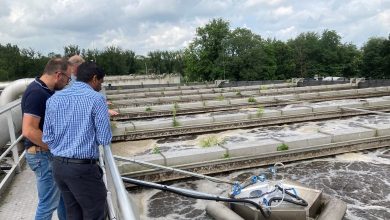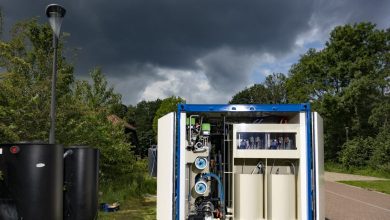Want to know more? Please contact our experts
Deze maatschappelijke opgave omvat:
-

Resource Recovery and Circular Systems
Tools to measure circularity
Sustainability and circularity are societal objectives – but what is sustainable and how do you measure how circular a solution is? Instruments and tools able to systematically assess these aspects are needed to support the appraisal and decision-making...
-

Resource Recovery and Circular Systems
Reuse
What we used to see as a waste stream, we now consider a residual stream that contains resources we want to use again. A circular economy after all calls for the efficient use of (primary) raw materials, the...
-

Resource Recovery and Circular Systems
Reducing emissions or negative impact
An ideal circular system has no emissions and no negative impact on our living environment nor on ourselves – in fact, it may even have a positive impact. As we proceed on the path to such circular systems,...
-

Resource Recovery and Circular Systems
Circular systems
In a circular economy, materials, energy and water are recycled and reused. The realisation of a truly circular economy calls for more than a variety of individual measures. There is always a need for integration in the system...

